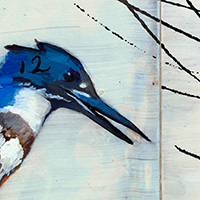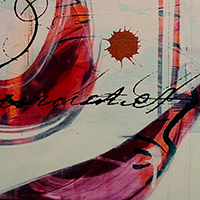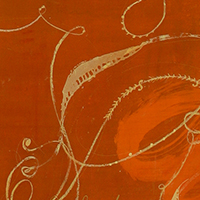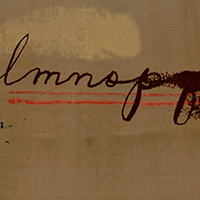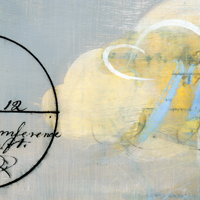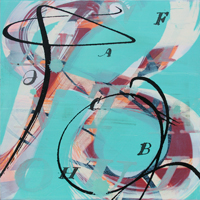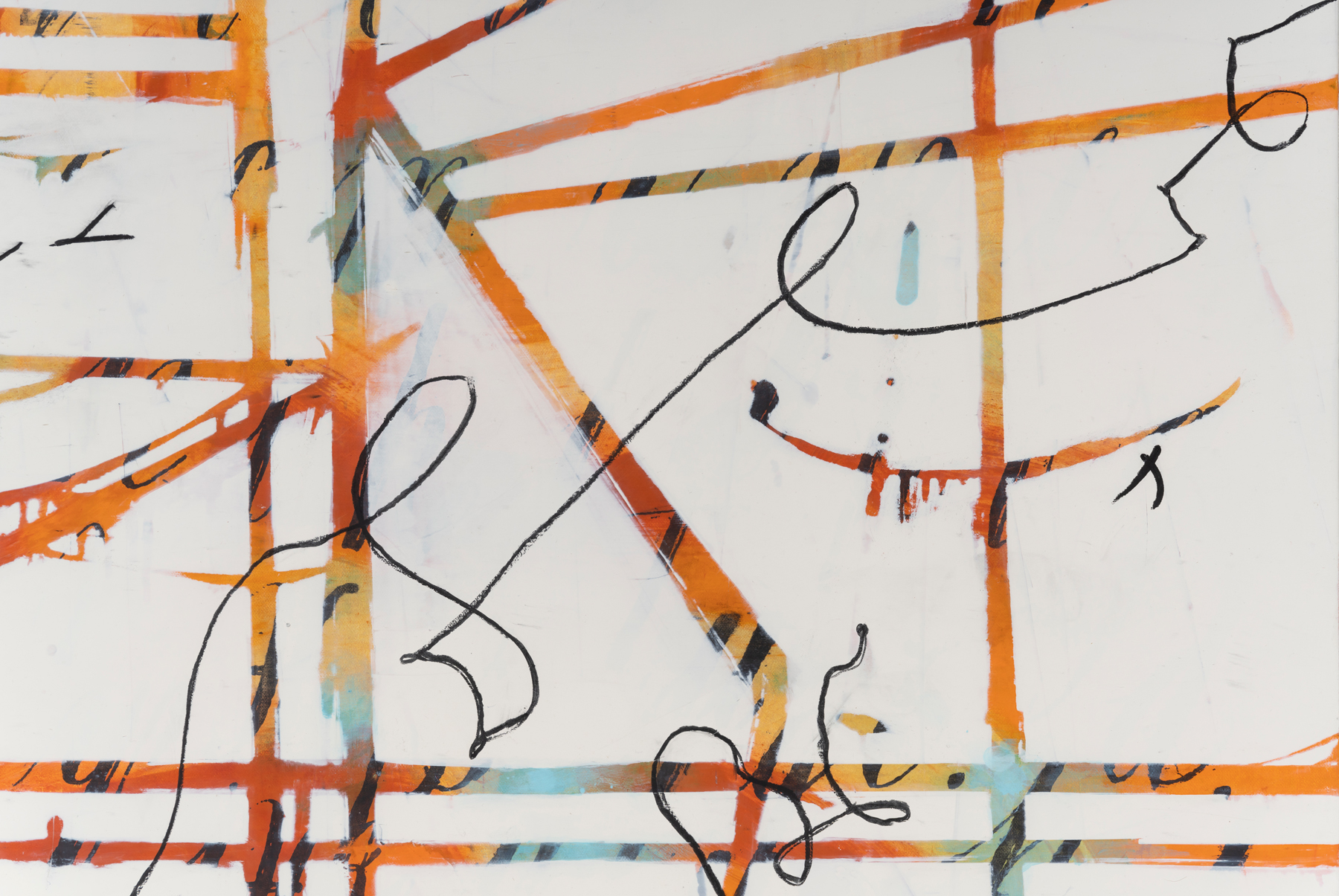
detail: The Measure of a Wingbeat, 2023, oil on canvas, 48 x 52 inches overall. Collection The Whitney Western Art Museum.
The common nighthawk “often seen high in the air, flies with easy strokes, ‘changing gear’ to quicker erratic strokes….Often seen in the air over cities, towns.”
— Roger Tory Peterson, Western Birds
paintings volume 7
Redrawn Topographies: Human and Wild Imprints on the Land. The map-like, aerial views of these paintings continue to develop an abstract language to communicate the dissonance between nature and human development. Inspired by living in the Greater Yellowstone Ecosystem, I contemplate the primordial force of migrating animals and their challenges.
paintings volume 6
Avian Witness. With imagery and methodology derived from my previous works, this series contemplates primordial systems—such as bird migration, magnetic fields and wind—and their relationship to manmade patterns on the land. Source materials, some embedded beneath layers, are wide ranging, including the gestures of penmanship, my pen-and-ink drawings of birds, and aerial landscape views.
paintings volume 5
In this series, my interest in the evolution of written language—encompassing hieroglyphics, rebus riddles, and phonograms—led me to incorporate common Western birds into otherwise abstract works. The paintings seek some sort of equivalence between letterforms, various species of birds, and pure gesture.
paintings volume 4
Exploring parallels between drawing/painting/handwriting/markmaking, this group of paintings magnifies intimate handdrawn marks into more explosive gestures. Bold brushy lines, derived from cursive letterforms, become conduits of space, providing glimpses into the many strata that lie beneath the surface of each painting. Several paintings open up and complicate the stripped down efficiency of texting acronyms.
paintings volume 3
This series builds on the previous by introducing broad hand-drawn or painted gestures to reflect or play with transferred letterform fragments. The paintings, appearing abstract from a distance, are map-like upon closer view. Overall patterning emerges from repeating linear elements.
paintings volume 2
In this group of paintings, I am especially interested in ferreting out instances of deviation from Victorian writing standards. These tiny gestures express an improvisatory spirit at odds with strict rules of stylistic conformity. Here one can see the human impulse to let the mind stray, with pen in hand. My handdrawn meandering lines play with appropriated text and scribbles within each painting.
paintings volume 1
Based on my exploration of 19th-century vernacular penmanship, these works contain vestiges of elementary mark-making. Alphabets, signatures, equations, doodles serve as counterpoints to my looser treatment of line, edge and space. The text is merged into the overall atmosphere of the paint, resulting in works evoking both landscape and pages of books. While we think of doodles as free from any rules, one can see an indelible residue of proper penmanship. The tension between forced conformity and unfettered meandering plays itself out in these paintings.
small panel paintings
Like keyhole views of the larger paintings, these works pack energy into a small scale, using my signature vocabulary of dense black imprinted scrawls, letters, numbers, and signatures. A wide palette of hues also drives the compositions, as I can make radical color changes quickly at this size. These 12-inch square panels are often installed in grids, columns, or rows.


